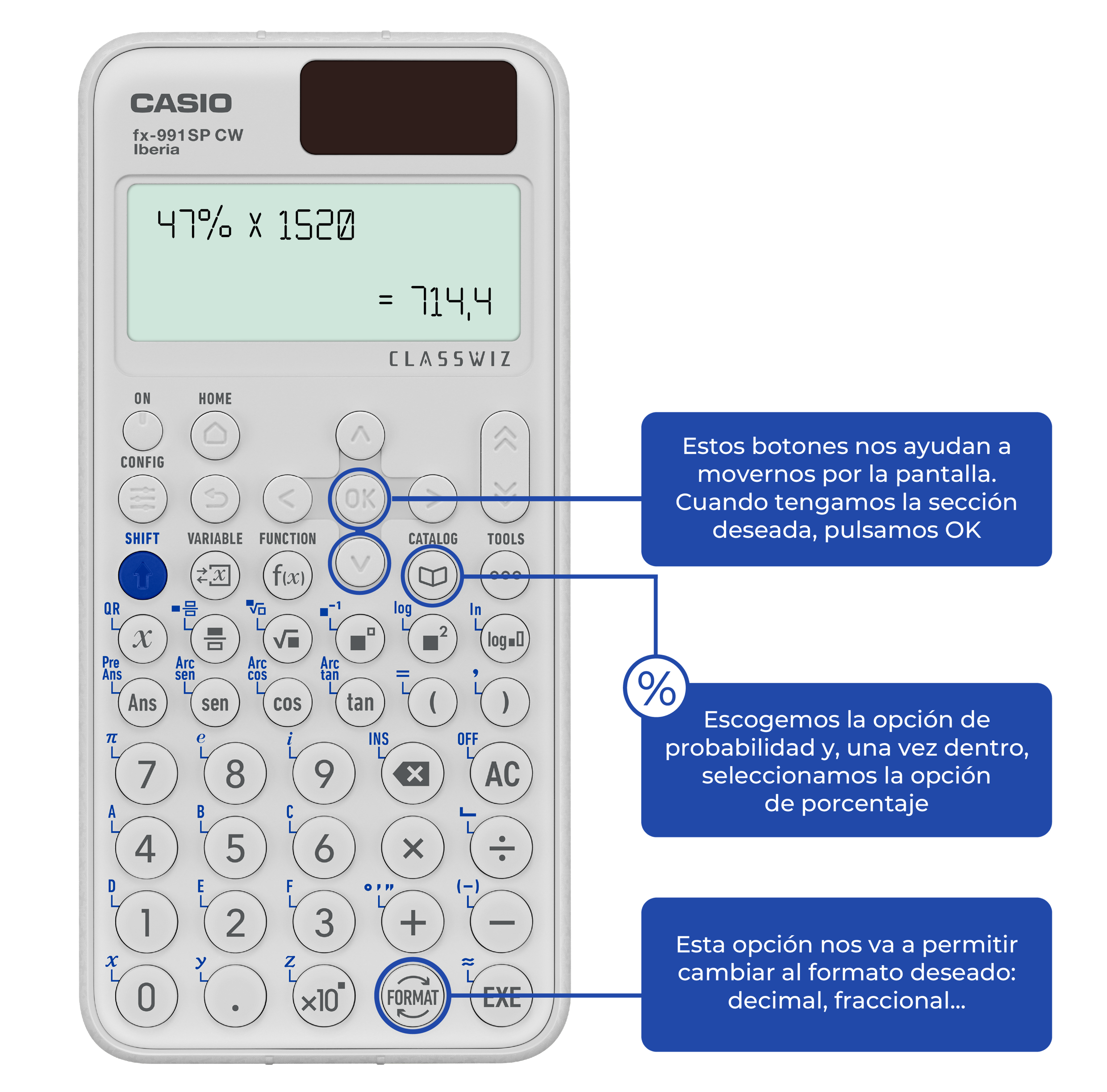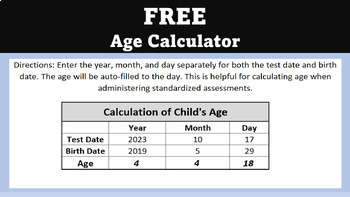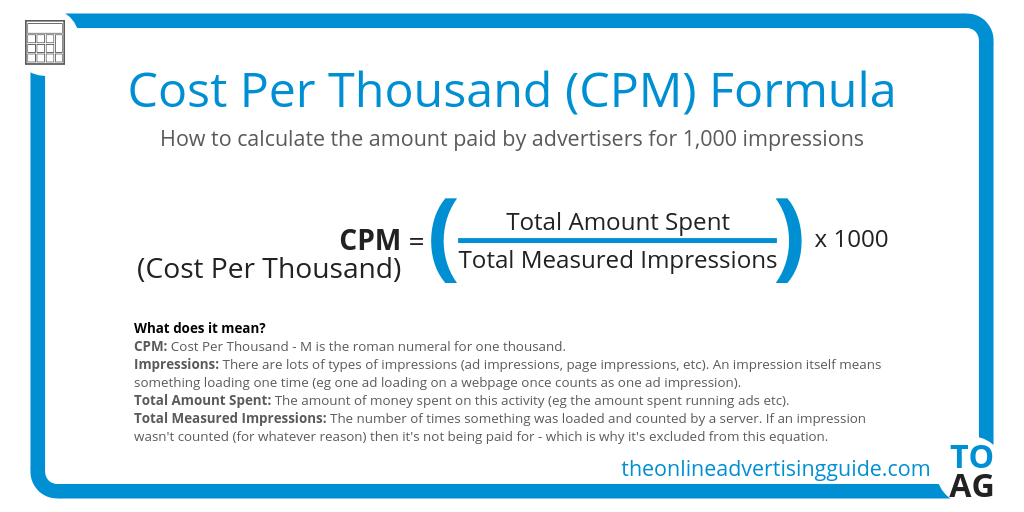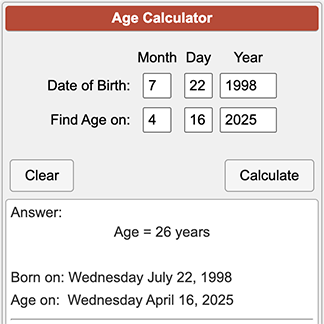Calculating percentages can seem daunting at first, but once you understand the basic principles and formulas, it becomes a straightforward process. Whether you’re looking to determine discounts while shopping, understand financial statements, or calculate grade averages, mastering the art of calculating percentages is a useful skill.
How to calculate a percentage of a quantity?
Calculating a percentage of a quantity involves a simple formula: (Part/Whole) x 100. For example, to find out what percentage 50 is of 200, divide 50 by 200, and then multiply the result by 100. This gives you the percentage of 25%.
Remember, the ‘part’ is the amount you’re trying to find the percentage for, and the ‘whole’ is the total or original amount.
Using a calculadora de porcentajes – calculating percentage online can simplify this process, especially when dealing with large numbers or complex calculations.
How to calculate a percentage discount?
When shopping, discounts are usually given in percentages. To calculate the savings, subtract the discount rate from 100% and then multiply by the original price.
For example, if you have a 20% discount on a $50 item, you would calculate (100%-20%) * $50 to determine the discounted price, which would be $40.
Calculating the percentage discount accurately helps consumers understand their savings and compare deals effectively.
How to calculate a percentage increase?
Percentage increase is calculated by finding the difference between the new and original numbers, then dividing that by the original number and multiplying by 100. This denotes the increase in terms of percentage.
For instance, if your sales jump from $1,000 to $1,200, the increase is $200. Divide $200 by the original $1,000, and then multiply by 100 to find a 20% increase.

Businesses often use this calculation to track sales growth, revenue increases, or any other measurable performance metrics.
How to calculate percentages using a calculator?
Most calculators have a percentage function, making it easy to carry out these calculations. Simply input the first number, press the percentage function, and then the second number.
It’s important to understand the order of operations when using calculators, as this can affect the accuracy of the results.
For complex calculations, consider using a specialized online percentage calculator that can handle multiple functions and provide step-by-step instructions.
What is the rule of three to calculate percentages?
The rule of three is a method for solving proportions. If two values are proportional to another two values, you can find the unknown number.
For example, if 30 is to 100 as X is to 200, then X is the unknown percentage you’re looking for. Cross-multiplication gives you (30*200)/100 = 60, so X=60%.
Understanding the rule of three can greatly simplify calculations involving parts of a whole or comparing ratios.
How to determine the percentage of an amount without knowing the percentage?
Even without knowing the percentage, you can compare the part to the whole. For instance, if you want to know what percentage a number is of another, divide the part by the whole and then multiply by 100.
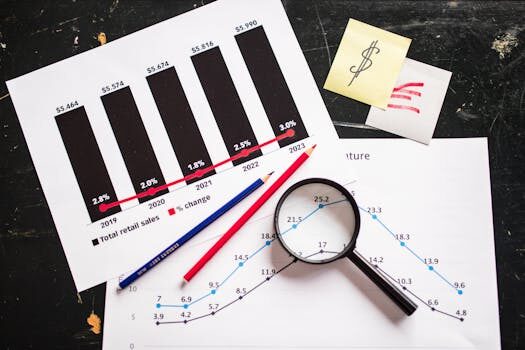
This is particularly useful when you have two numbers and need to find out the relationship between them in terms of percentages.
Calculating percentage in Excel
Excel is a powerful tool for calculating percentages. You can use formulas like =(cell1/cell2)*100 to find percentages.
- Enter the ‘part’ in one cell and the ‘whole’ in another.
- In a third cell, type the formula to divide the part by the whole and then multiply by 100.
- Excel will display the result as a percentage, which you can format using the percentage button.
Using Excel for calculating percentages is efficient, especially when working with large datasets or needing to apply the calculation to multiple rows of data.
Related Questions on Calculating Online Percentages
What is a percentage?
A percentage is a number or ratio expressed as a fraction of 100. It is often used to compare and understand proportions in everyday situations, like shopping discounts or exam scores.
Percentages are fundamental in financial scenarios, statistical analysis, and general data comparison.
How is a percentage or per cent calculated?
To calculate a percentage, divide the part by the whole and then multiply by 100. This formula transforms the ratio into a percentage, which is easier to interpret and use in comparisons.
For example, if 25 students out of 100 passed a test, the pass percentage is (25/100)*100, which equals 25%.
What is the purpose of calculating a percentage?
Calculating a percentage serves to convert ratios into a standard form that allows for easy comparison and understanding of proportions.

It’s essential in financial planning, sales analysis, and when determining efficiency or productivity levels.
Applications of percentage in daily life?
Percentages are everywhere in daily life—from calculating taxes on purchases to understanding nutritional information on food labels.
They are also used to determine interest rates on loans, profit margins in business, and statistical data in research.
Check out this helpful video for a visual guide on calculating percentages:
In conclusion, whether it’s through an online calculator, a spreadsheet program like Excel, or by hand, understanding percentages is crucial for making informed decisions in various aspects of life. By mastering these calculations, we can make sense of data, spot trends, and make better financial and business decisions.
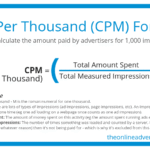 CPM Calculator – Calculate the cost of your ad online
CPM Calculator – Calculate the cost of your ad online






